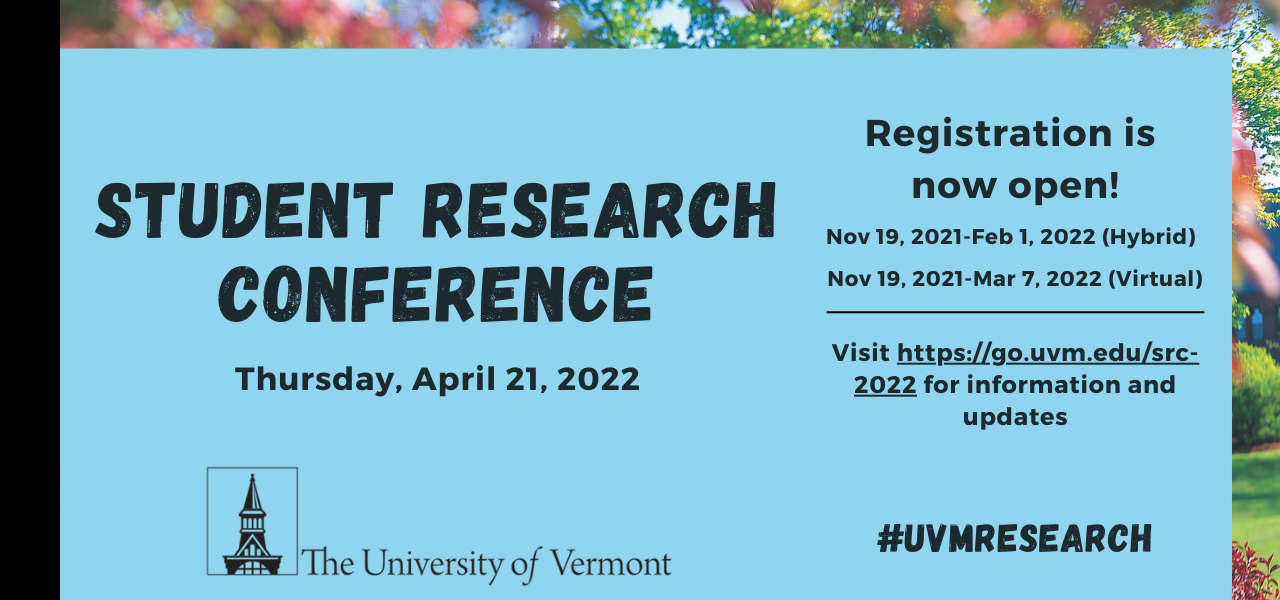Predicting Falls in Adults with Multiple Sclerosis using Patient-Reported Measures: Are Perceptions of Dual-Tasking Missing?
Conference Year
January 2022
Abstract
Background and Objective
This study examined self-reported predictors of falling in people with multiple sclerosis (pwMS) and evaluated the contribution of measuring perceived dual-tasking.
Methods
Seventy-nine pwMS completed a survey including self-report measures of disease status, ambulation disability, concern about falling, fatigue impact, and dual-tasking ability. Retrospective fall status was obtained.
Results
Findings showed that dual-tasking and ambulation disability were the only significant predictors of falling. An expanded dual-task questionnaire (DTQ) better discriminated fallers from non-fallers
Conclusions
DTQ’s have the potential to improve measurement of fall status in pwMS outside the clinic, promoting early intervention.
Primary Faculty Mentor Name
Susan Kasser
Graduate Student Mentors
Michael Vannostrand
Status
Undergraduate
Student College
College of Nursing and Health Sciences
Program/Major
Exercise Science
Primary Research Category
Health Sciences
Predicting Falls in Adults with Multiple Sclerosis using Patient-Reported Measures: Are Perceptions of Dual-Tasking Missing?
Background and Objective
This study examined self-reported predictors of falling in people with multiple sclerosis (pwMS) and evaluated the contribution of measuring perceived dual-tasking.
Methods
Seventy-nine pwMS completed a survey including self-report measures of disease status, ambulation disability, concern about falling, fatigue impact, and dual-tasking ability. Retrospective fall status was obtained.
Results
Findings showed that dual-tasking and ambulation disability were the only significant predictors of falling. An expanded dual-task questionnaire (DTQ) better discriminated fallers from non-fallers
Conclusions
DTQ’s have the potential to improve measurement of fall status in pwMS outside the clinic, promoting early intervention.


